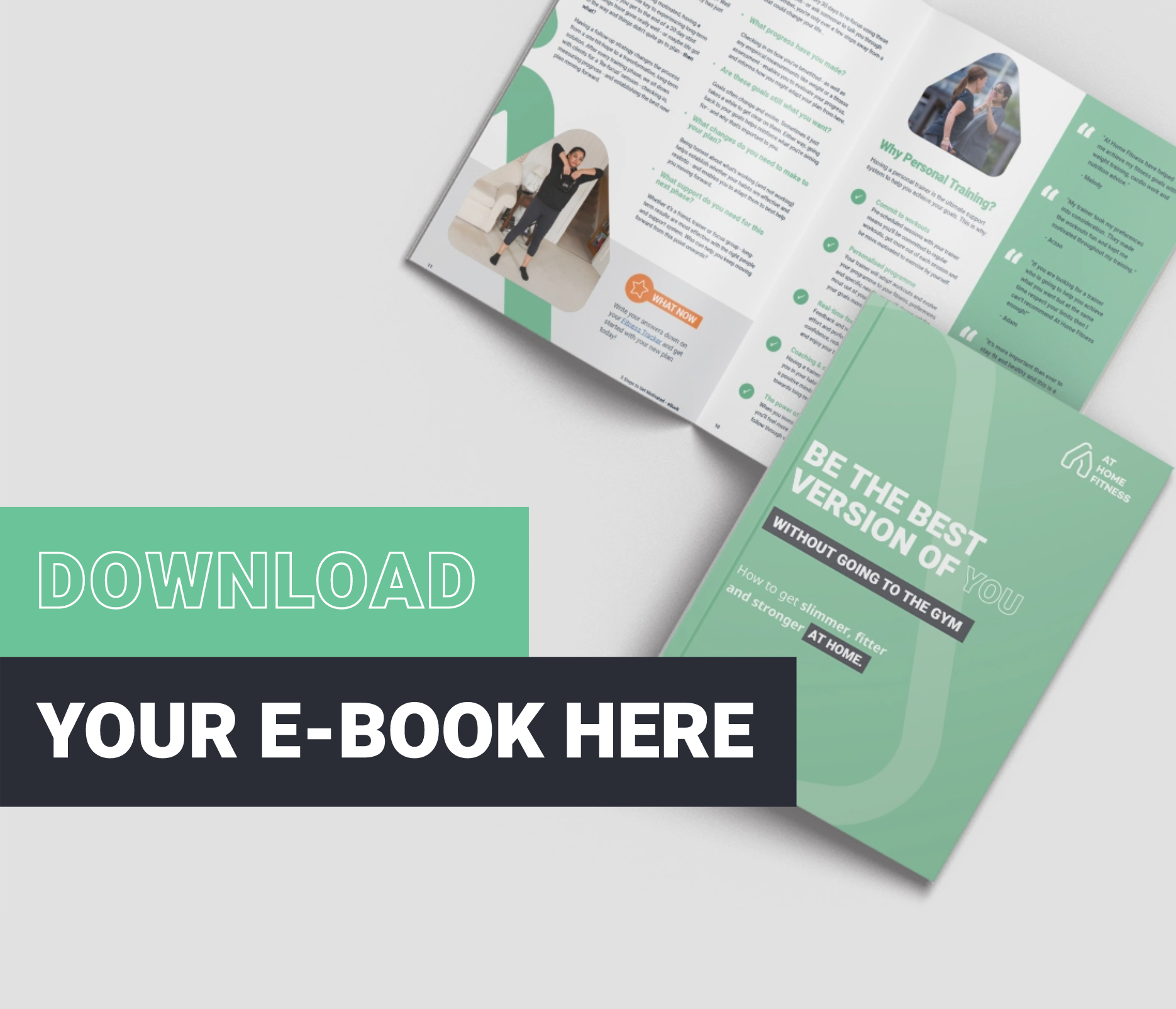As the largest muscles in your body, the gluteals (your “butt” muscles) serve a number of important purposes when it comes to the functionality of your body. Exercises that target these muscles (gluteus maximus, medius and minimus) should have a well-considered place in any workout program. Let’s take a look at some of the reasons why.
A nicely rounded gluteus maximus might be an aesthetic goal for some, but your desire to have strong glutes should extend well beyond looks alone.
Here’s why:
There could be a few reasons behind weak gluteal muscles. One of the most common reasons is the amount of sitting that is characteristic of a typical modern lifestyle.
When you’re sitting, your glute muscles aren’t doing much at all. If you spend a significant amount of time sitting, these muscles can become weaker, and provide less support for the rest of the body. Ultimately this can result in pain and discomfort which may extend to different areas of your body.
Of course, sitting is sometimes necessary. Strengthening your glutes (and the major core muscles) sufficiently can help you maintain an ideal position when you do need to sit, and thus reduce the likelihood of pain being transferred to other areas of the body.
Another reason for weak gluteals could be due to muscle imbalances. If you rely on other muscles (e.g. the quads for example), to bear the brunt of everyday movements, then the strength of your glutes will weaken over time.
There are several great exercises and progression levels to target your glutes. You can opt for compound exercises, which work more than one major muscle group at a time. That means they’ll work your glutes alongside other muscle groups (e.g. the hamstrings and quads, and to a lesser extent the calves in a squat).
There are also lots of isolated exercises that work the glutes. These are single-joint exercises that specifically target and activate the glutes.
We’re big fans of compound exercises on a number of levels. However, if you have muscle imbalances and you’re not using your glutes effectively during compound movements, then you’re likely to really benefit from isolated exercises that target the glutes. Isolated exercises where your leg extends behind you (e.g. donkey kicks) will effectively work your hamstrings at the same time.
Here’s a quick overview of exercises for your glutes:

If you’re unsure which glute exercises or progression level to add into your workout plan, ask our at-home personal trainers. They’re experts in tailoring your exercise plan to suit your fitness and strength levels. They’ll also make sure your program is designed to suit your personal lifestyle considerations, and injury and medical status.
What are your favourite exercises to work the glutes? Leave a comment in the box below!
Learn and apply the 5-step journey we use to help clients transform their health and firnes from home
Plus get our best tips, blogs and motivation from the nationwide team every week.
Your email address will only ever be used to send you health & fitness tips, in accordance with our Privacy Policy
